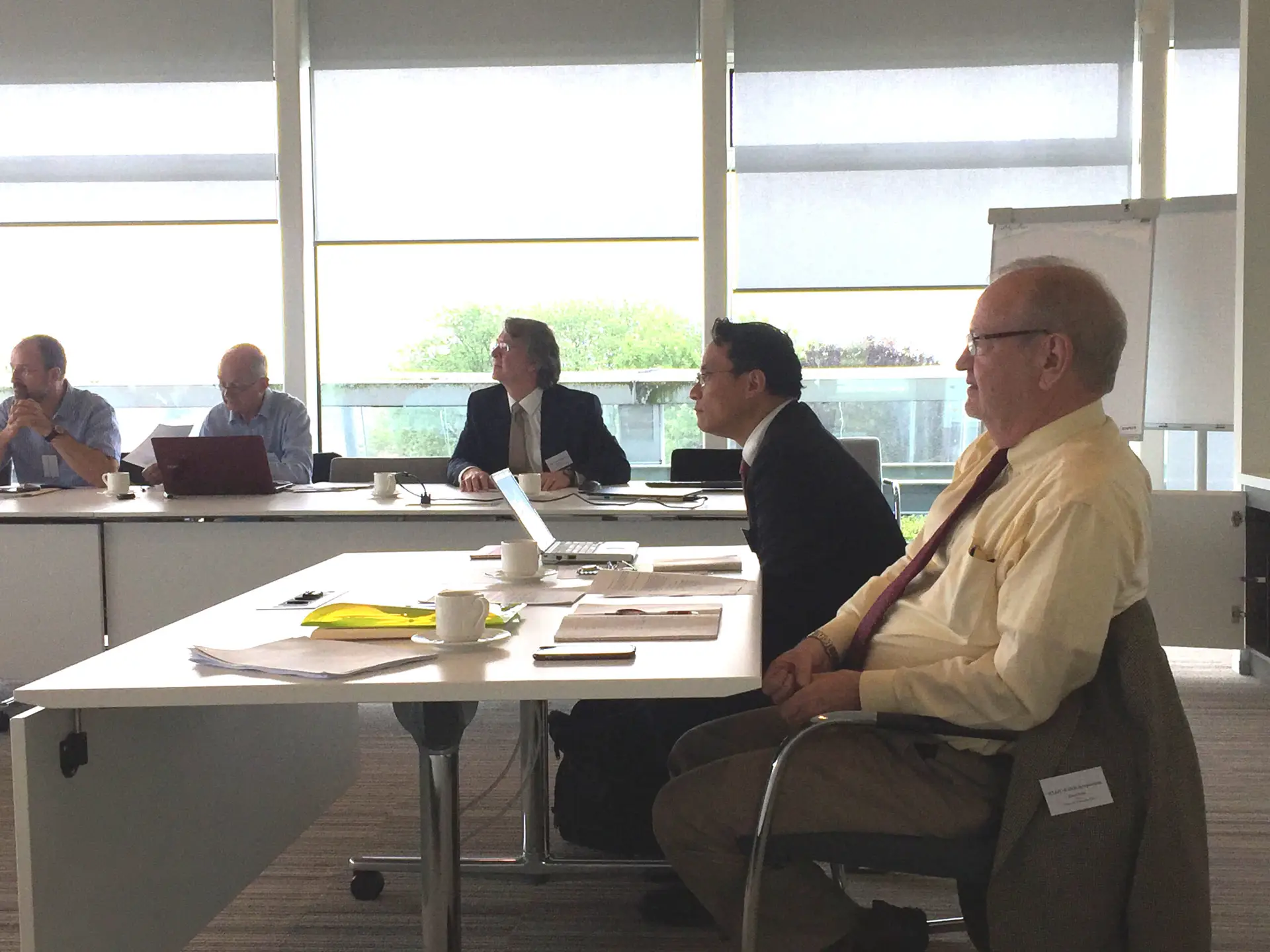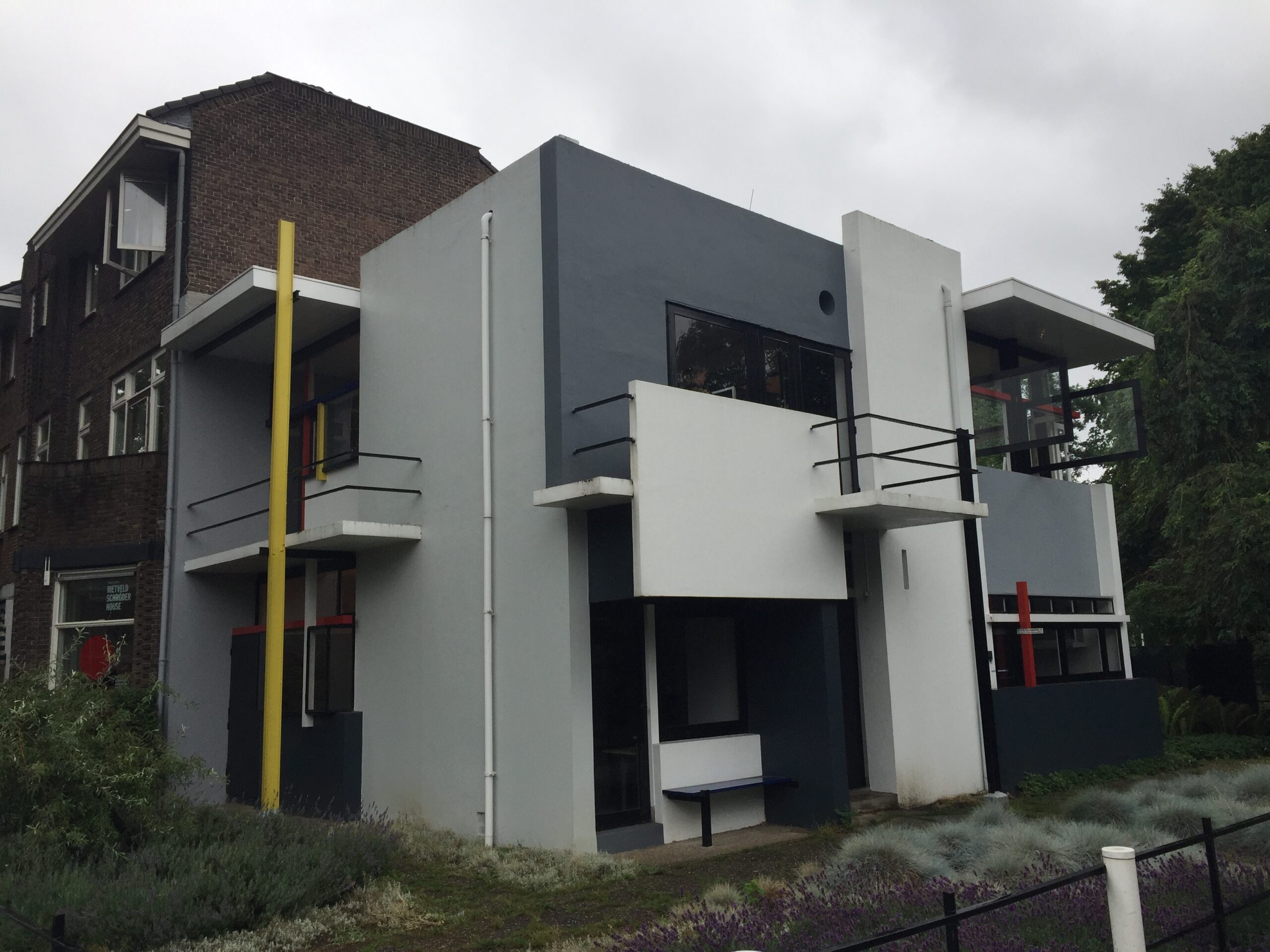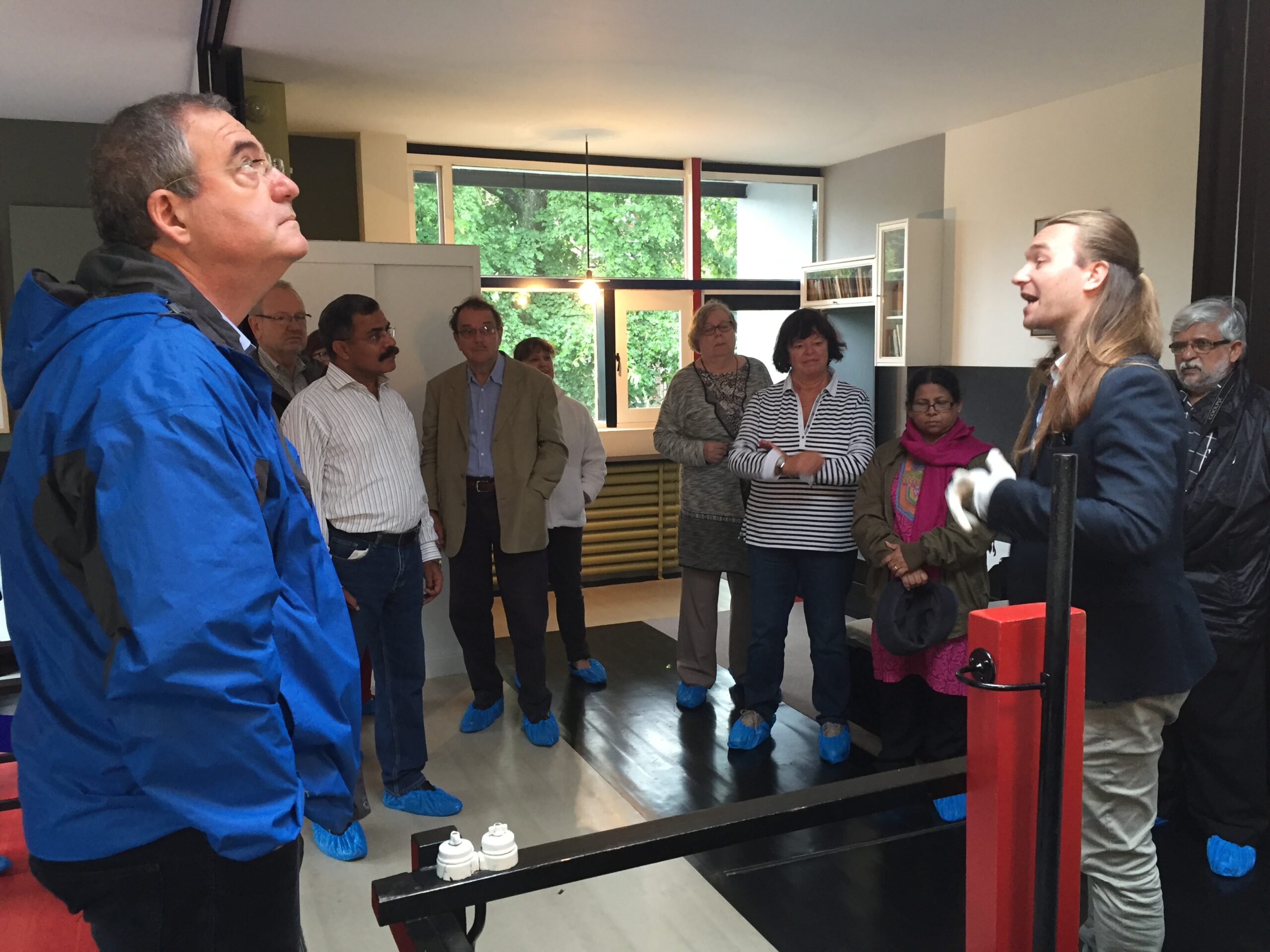The 2017 ICLAFI Symposium and Annual Meeting was held jointly with the International Committee on the Underwater Cultural Heritage (ICUCH) in Amersfoort, the Netherlands, from 29 June to 1 July 2017. It was hosted by ICOMOS Netherlands with the support of the Cultural Heritage Agency of the Netherlands.
Symposium theme
The theme for the symposium was “The UNESCO Convention on the Protection of Underwater Cultural Heritage: How Do We Make It Work?”. The 2001 UNESCO Underwater Cultural Heritage Convention offers a legal framework to regulate activities that are directed at underwater cultural heritage or incidentally affect it, especially in international waters. States parties to the Convention are obliged to implement this framework into national legislation and to bring it into practice. In particular, they must make sure that their nationals and ships sailing under their flag report finds of cultural heritage to them and do not engage in activities that go against the rules of the Convention.
Participants discussed how the obligations and responsibilities of the Convention can best be implemented in practice within national legal systems, and how the legal aspects of the Convention can match the practice of managing underwater cultural heritage. They also considered the ways in which states parties can address each other when obligations, including enforcement, are not met.
The symposium programme is available here, and the proceedings here.


Heritage tour
Following the symposium, participants visited several heritage sights in Utrecht. The Waterline Museum at Fort bij Vechten explains how the Dutch Water Defence Lines, a World Heritage Site, made use of water to defend the Netherlands between 1588 and 1940. The Rietveld Schröder House, designed in 1924, is a marvel of De Stijl (“The Style”) architecture. 2017 marked the centenary of the De Stijl art movement.



Click on the thumbnail to view a full-sized version of these photographs.
The image at the top shows the Museum Flehite, a museum about the art and history of Amersfoort, the Netherlands. The museum is located in three historic houses built into the wall surrounding the city’s historic centre during the Late Middle Ages. Photograph by Dr. Jack Tsen-Ta Lee.
